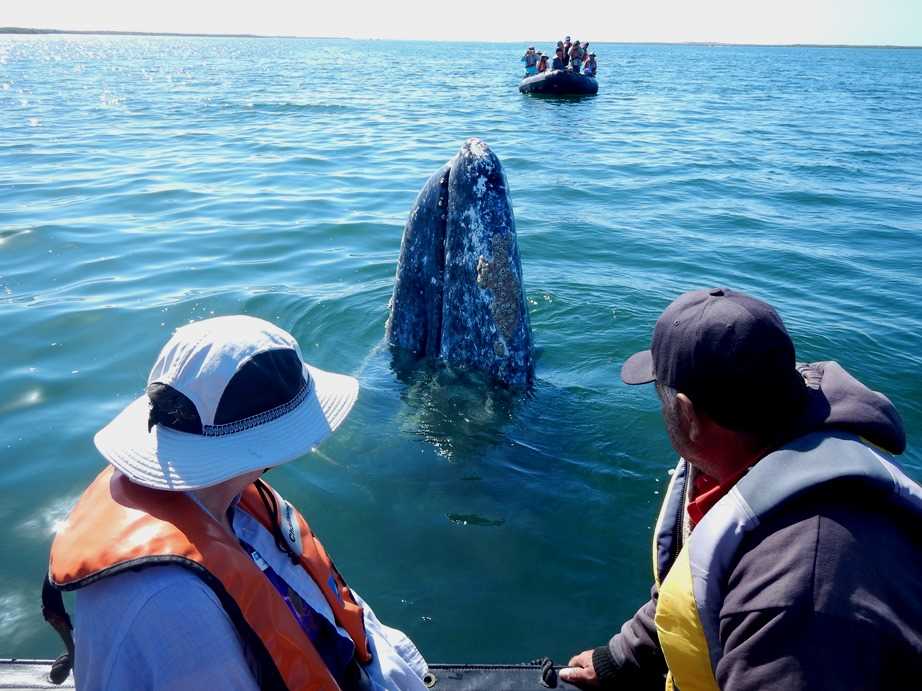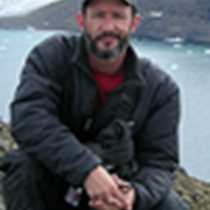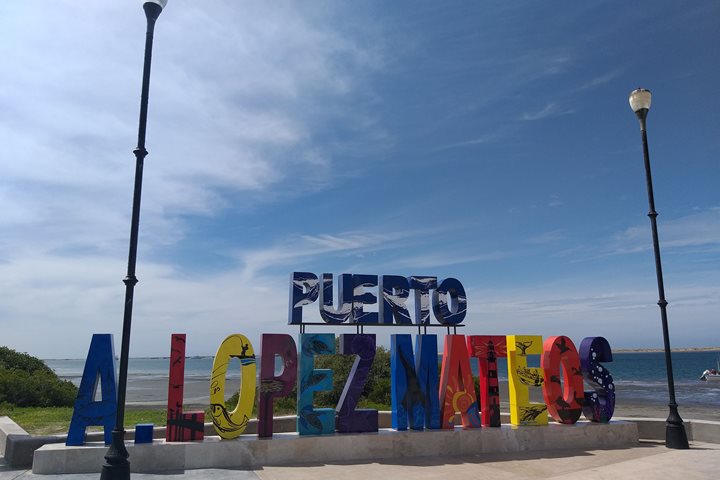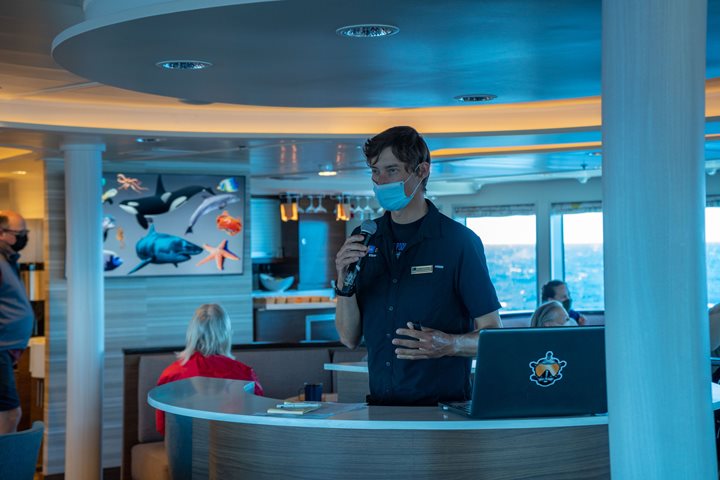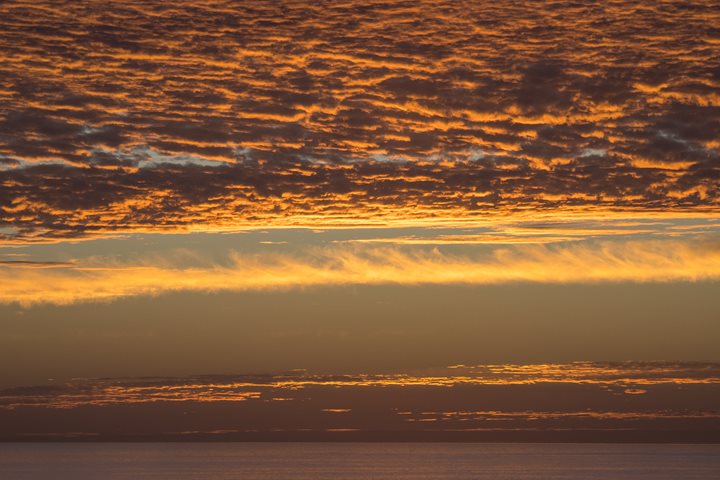Today would be dedicated to getting out in our expedition landing craft to spend time with the California gray whales. Everyone who wanted was out for at least two rounds. There was also a chance to go ashore and explore the sand dunes of Isla Magdalena. The presence of this long barrier island is what creates the shallow protected waterways that the gray whales use to raise their young. The tidal movement forces the females with calves to swim against the strong ebb or flood tide in order that they don’t get sucked out of the bay. This helps to strengthen the calf, because in the month of March these cow/calf pairs will begin the long voyage north towards the feeding grounds in Alaska. The weather was quite calm as we headed out from the ship. There were a few adult “chase groups” in which female whales were being followed by males hoping for a chance to mate. Theses adult groups can swim quite fast and change direction often, so they can be difficult to keep track of. The cow/calf pairs are much more predictable given the small size of the calf and its need to breathe at the surface more often than the females. There were several cow/calf pairs around the ship and our landing craft all day. Many close looks were enjoyed and a few whales even showed curious and then friendly behavior. This behavior began in the 1970s and has led to the thriving whale watching industry that exists today.
Call +1300.361.012(AU) | 0800.444.462(NZ)

